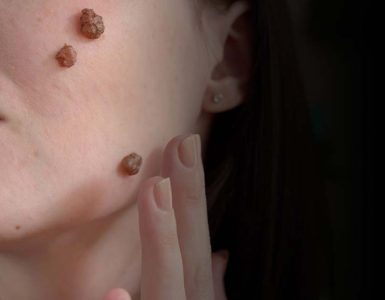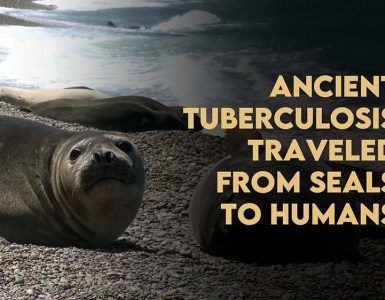Looks can be deceiving, particularly in the animal Kingdome, so those with the brightest colors and smallest size, that may look harmless could turn out to be the deadliest. The same is the case with the small, bright-colored poison dart frogs that can kill ten men despite their tiny appearance. Similarly, a small, drab bird living in New Guinea called hooded pitohui holds a toxic secret beneath its wings. Despite its colorful appearance, hooded pitohui’s orange and black feathers are laced with poison.
These animals carry a toxin known as batrachotoxin (BTX), which can stop sodium in a person’s body, leading to paralysis or death. But poison dart frogs and hooded pitohui employ mechanisms that avoid getting poisoned from their poison, which is a phenomenon called auto-intoxication.
To understand the mystery behind how these poisoned animals protect themselves from getting positioned a team of researchers from the University of California, San Francisco (UCSF), Stanford University, and the California Academy of Sciences (CAS) has uncovered new clues. The study is published in the Journal of General Physiology (JGP), according to them, instead of evolving resistant versions of toxin’s target protein, these animals produce ‘toxin sponges’ that soak up and store the poison before they cause damage inside the bodies of poisonous animals.
The team found that the sodium channels in these poisonous animals are not immune to BTX, still, the poison frogs survived after getting injected by the poison, so they concluded that toxin sponge protein might be shielding the channels from getting poisoned.
Daniel L. Minor, Jr, a biochemist and an author of the study said that, “However, there haven’t been any functional studies of poison frog or Pitohui sodium channels, so whether batrachotoxin-bearing animals rely on changes within their sodium channels or alternative resistance mechanisms remains unclear,” He goes on to explain that, “Taken together, our observations challenge the idea that sodium channel mutation is the batrachotoxin auto resistance strategy for poisonous birds and poison frogs such as P. terribilis.” Though the team haven’t yet specifically identified any BTX-mopping-protein but such similar proteins have been identified in the past, like protein saxiphilin in the bullfrogs, that can tightly bind to the related poison saxitoxin
postdoctoral fellow Fayal Abderemane-Ali and a lead author of the study said that “This demonstrates that high-affinity toxin-sponge proteins can prevent the actions of small molecule toxins that target sodium channels and lends support to the idea that toxin sequestration mechanisms may act to protect poisonous animals from autointoxication.”
While minor believes that, “These sequestration strategies might not only offer a general means of toxin protection but could also act in pathways involved in safely transporting and concentrating toxins in key defensive organs such as the skin. Understanding these pathways may lead to the discovery of antidotes against various toxic agents.”
Researchers propose further research on toxin sponges to confirm their full potential and determine their capability of binding BTX and other poisons. These additional studies will hopefully give more exciting insights that could be extended to humans by developing antidotes to protect them from harmful toxins.
















Add comment